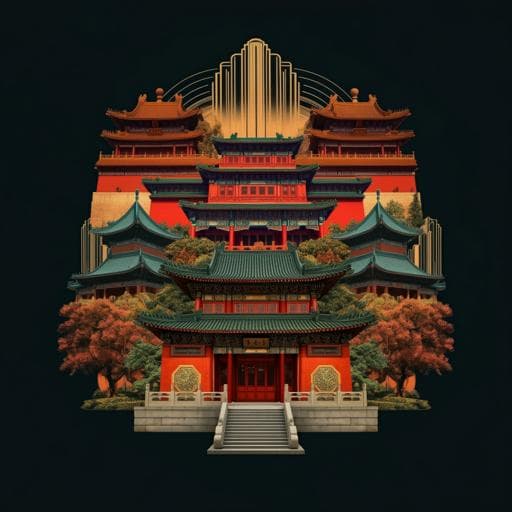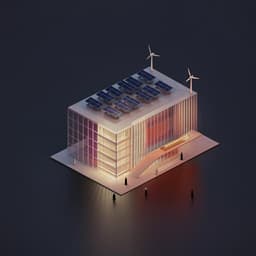
The Arts
Localisation of Composite capital designs in modern Jiangsu, China, based on formal and social analysis
X. Wang, W. Guo, et al.
This research conducted by Xinyi Wang, Weimin Guo, Zhi Yang, Xiaoya Li, and Bowen Zhang delves into the fascinating localization trends of Composite capitals in Jiangsu during the 1920s-1930s, uncovering patterns shaped by traditional culture and regional diversity. Explore how design characteristics are influenced by a mix of societal factors!
~3 min • Beginner • English
Related Publications
Explore these studies to deepen your understanding of the subject.







